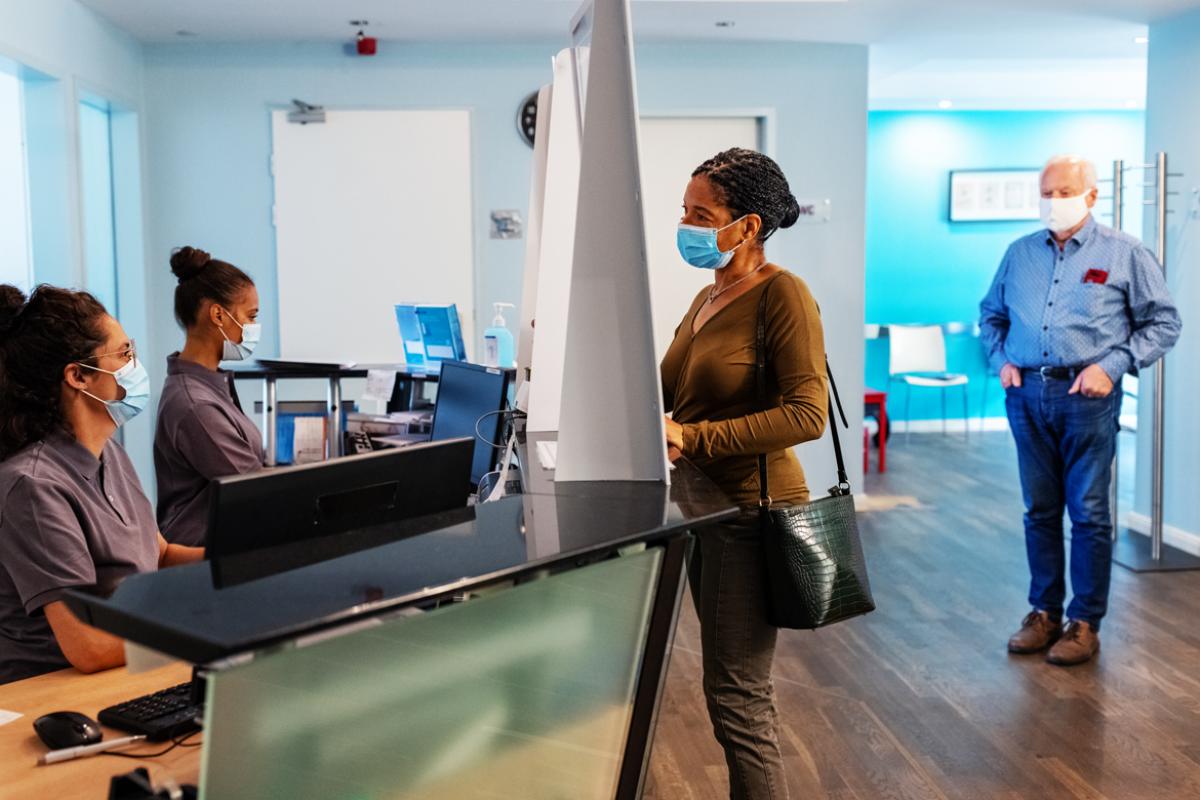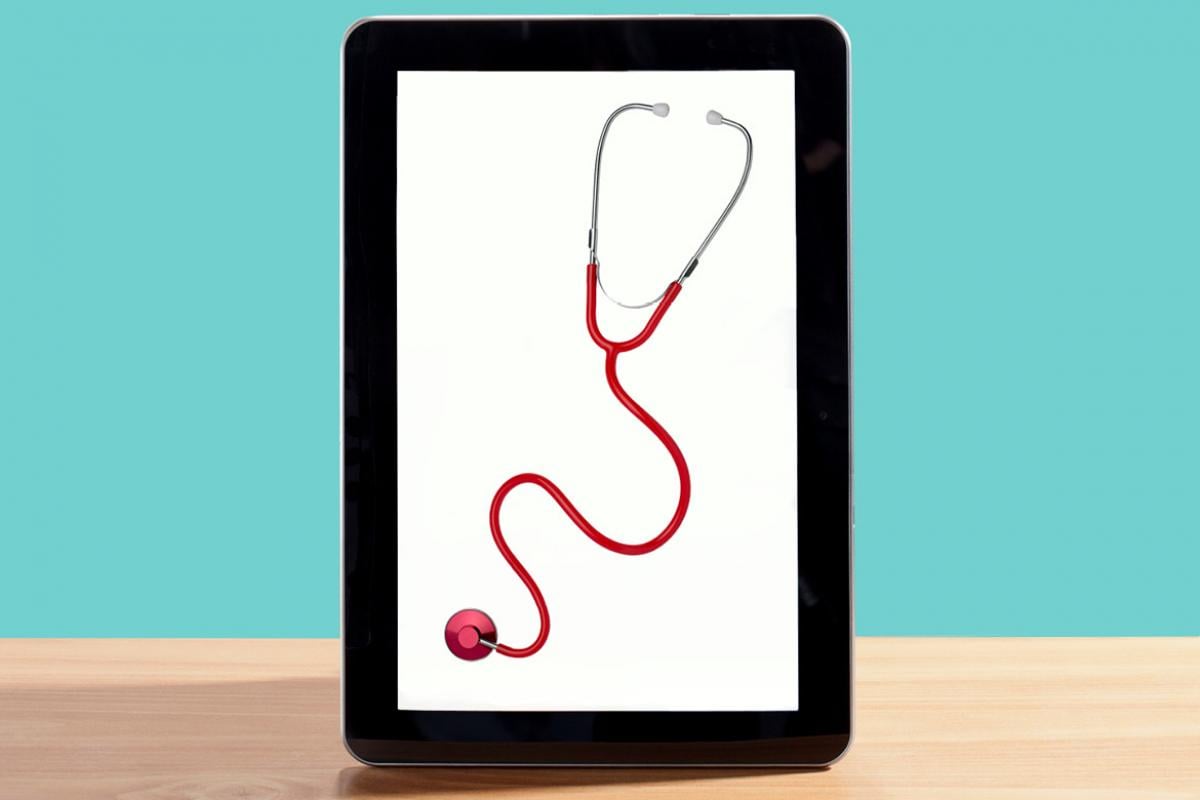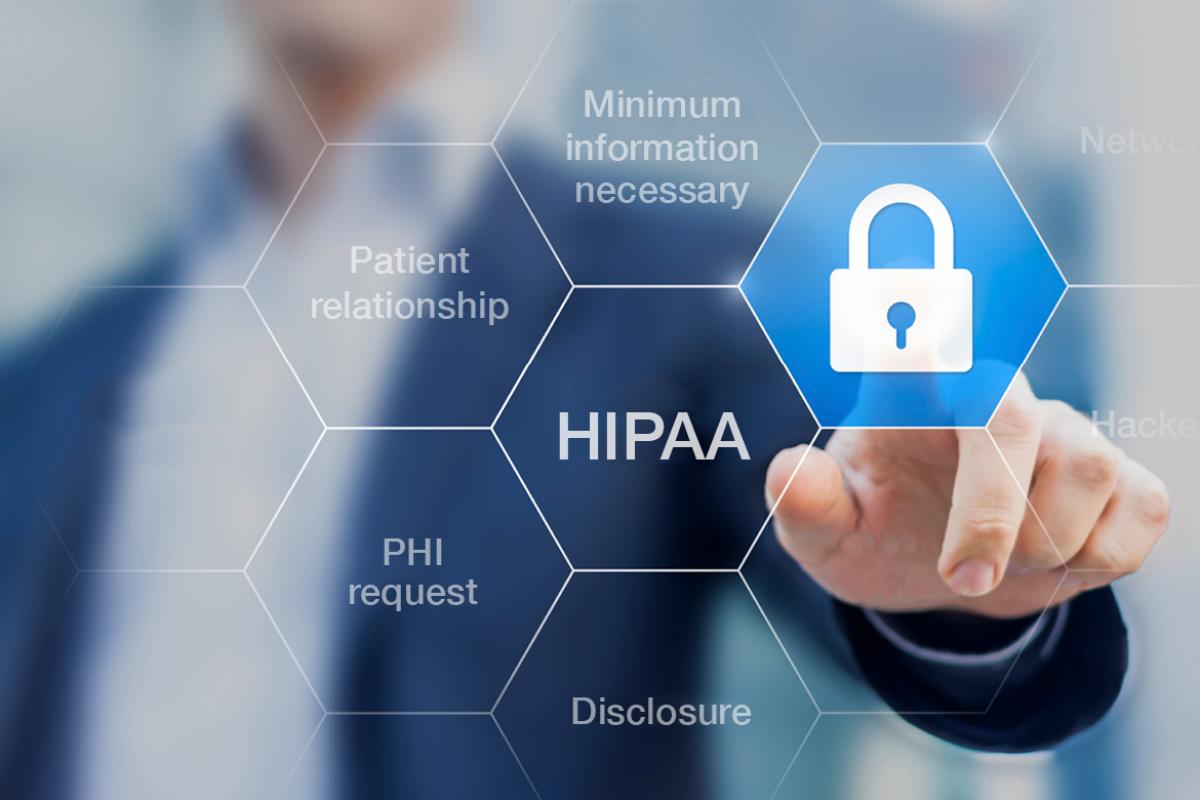- News and resources
- AMA Patient Records Electronic Access Playbook
- Patient privacy
- Electronic health information blocking
- EHR interoperability and usability
- Health apps
- Health Insurance Portability and Accountability Act (HIPAA)
- Ethics of privacy, confidentiality and medical records
- Data protection laws, regulations and policies
The AMA seeks to ensure that as health information is shared—particularly outside of the health care system—patients have meaningful controls over and a clear understanding of how their data is being used and with whom it is being shared. Above all, patients must feel confident that their health information will remain private.
News and resources
- Learn more about information blocking requirements (PDF).
- Broader information-blocking requirements take effect: What it means
AMA Patient Records Electronic Access Playbook
Find best practices for efficiently providing patients with electronic access to medical records in one authoritative resource with the AMA's Patient Records Electronic Access Playbook.
The playbook covers elements, including requirements under HIPAA, to help practices provide patients with their own health information. Find legal requirements, real-world scenarios, the world of apps, key points to remember, and a patient records request flowchart.
Patient privacy
Patients have a right to determine how and what parts of their health information is shared. Further, any individual or company seeking to access a patient’s most confidential medical information must comply with federal and state law and develop or have an established trusted relationship with the patient.
Stay informed and up-to-date about the ways the AMA protects patient information and patient privacy.
Electronic health information blocking
Information-blocking practices, which impede the secure exchange and use of electronic health information by practices, patients and doctors can stand in the way of providing quality care. AMA provides online resources for physicians on the information blocking rule that takes a deeper dive into integrating data sharing into medical practices and making medical records more easily available to patients.
- Learn more about information blocking (PDF).
- Find an information blocking educational resource (CME credit) on AMA Ed Hub™
The AMA has created a summary brief (PDF) of a new Final Rule released by CMS and ONC in late June implementing disincentives for physicians and other health care providers participating in specific Medicare programs that HHS has determined have committed information blocking.
EHR interoperability and usability
Patients have the right to access their medical information. Access also improves the overall efficiency of the medical care team. Explore news, information, solutions and statements on EHR interoperability, EHR usability and AMA patient privacy resources.
Health apps
In the digital age, personal health information is not always truly private. Social media platforms, wearable fitness trackers and apps collect health data that can be shared for advertising purposes and, when combined with medical records, allow for profiling and discrimination. AMA has adopted policies designed to help integrate mobile health applications and devices (also known as mHealth) into clinical practice.
Health Insurance Portability and Accountability Act (HIPAA)
As practices and health care organizations become increasingly digitized, physicians must be aware of HIPAA’s Privacy, Security and Breach Notification requirements, that protect the confidentiality of their patients’ medical information.
Ethics of privacy, confidentiality and medical records
Protecting information gathered in association with the care of the patient is a core value in health care.
The AMA Code of Medical Ethics provides guidance to help physicians strike the balance with patient's rights and privacy.
Data protection laws, regulations and policies
AMA actively engages the administration, Congress and industry stakeholders in discussions on the future direction of regulatory guardrails that are needed to restore public confidence in data privacy protections.
The AMA has provided several recommendations to strengthen medical data privacy and improve federal health information technology policy. Recent letters to the federal government include:
- Comment Letter to the Federal Trade Commission (FTC) on the Health Breach Notification Rule
- Comment Letter to the Office for Civil Rights (OCR) on proposed changes to the Health Insurance Portability and Accountability Act (HIPAA)
- Comment Letter to Office of the National Coordinator for Health Information Technology (ONC) on privacy guardrails for digital vaccine credential services
- Comment Letter to ONC on proposed information blocking regulations
- Comment Letter to the Department of Health and Human Services’ (HHS) Centers for Medicare and Medicaid Services (CMS) proposed interoperability and patient access rule
- Testimony to the FTC regarding its approach to consumer privacy
- Response to an OCR request for information on HIPAA
- Comment Letter to National Institute of Standards and Technology (NIST) on developing a privacy framewor
Table of Contents
- News and resources
- AMA Patient Records Electronic Access Playbook
- Patient privacy
- Electronic health information blocking
- EHR interoperability and usability
- Health apps
- Health Insurance Portability and Accountability Act (HIPAA)
- Ethics of privacy, confidentiality and medical records
- Data protection laws, regulations and policies






















